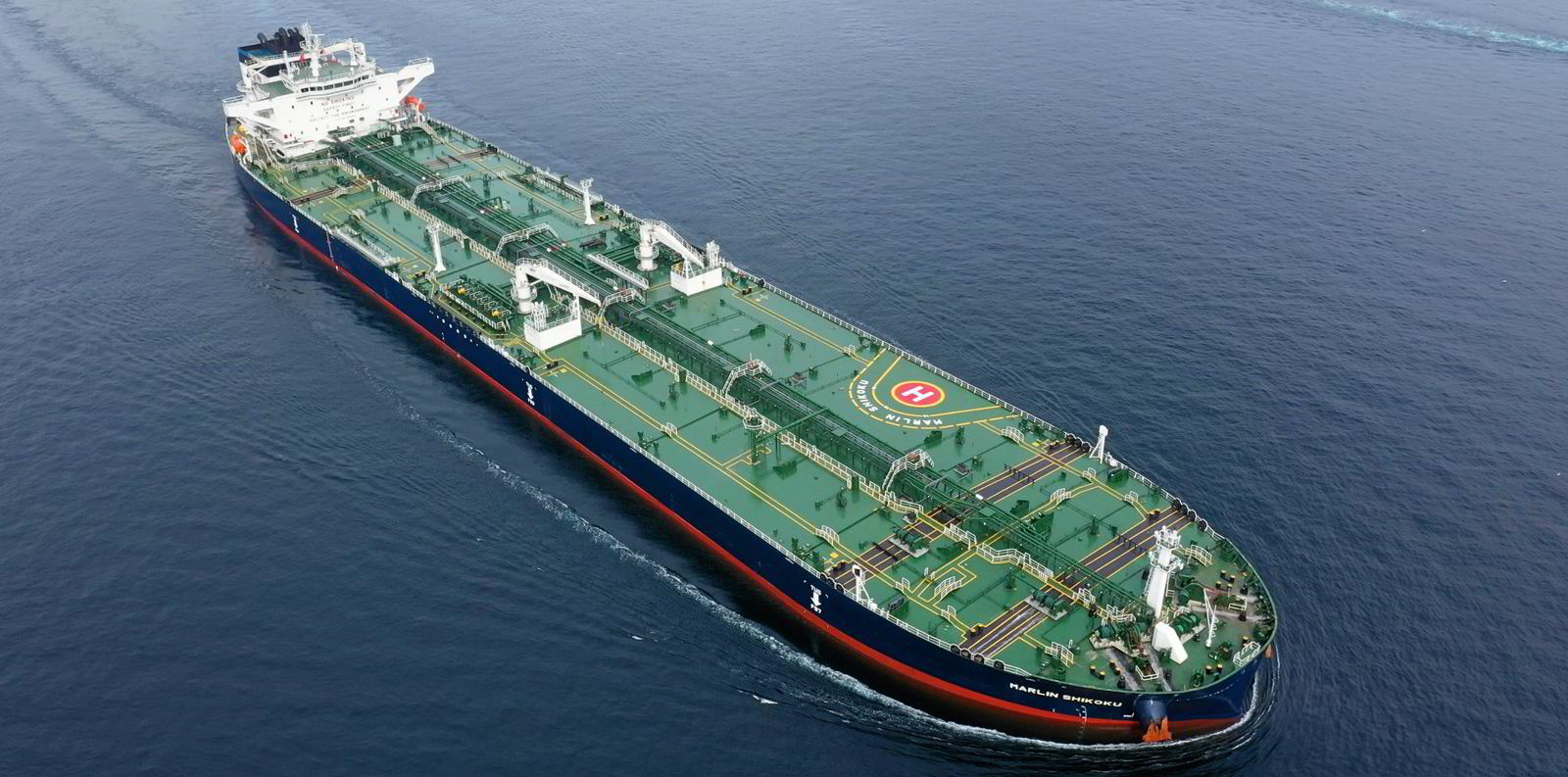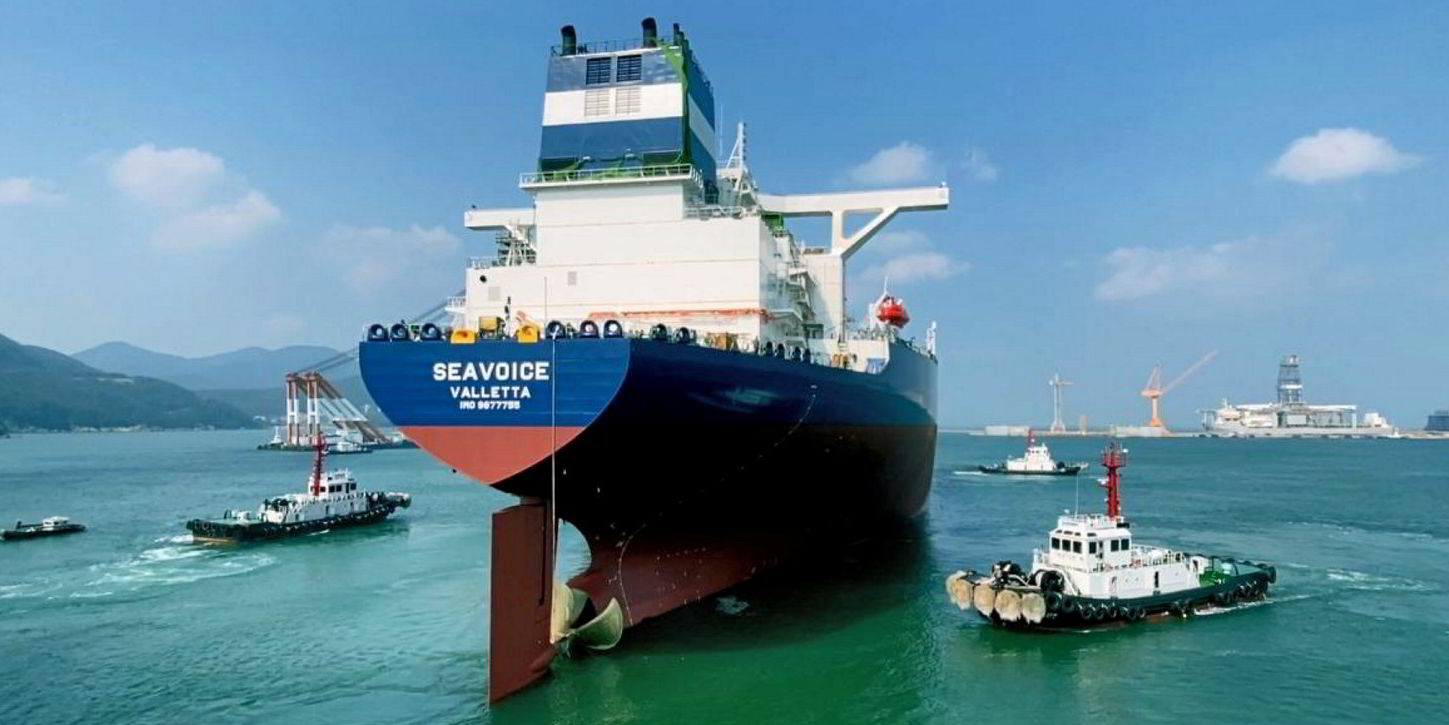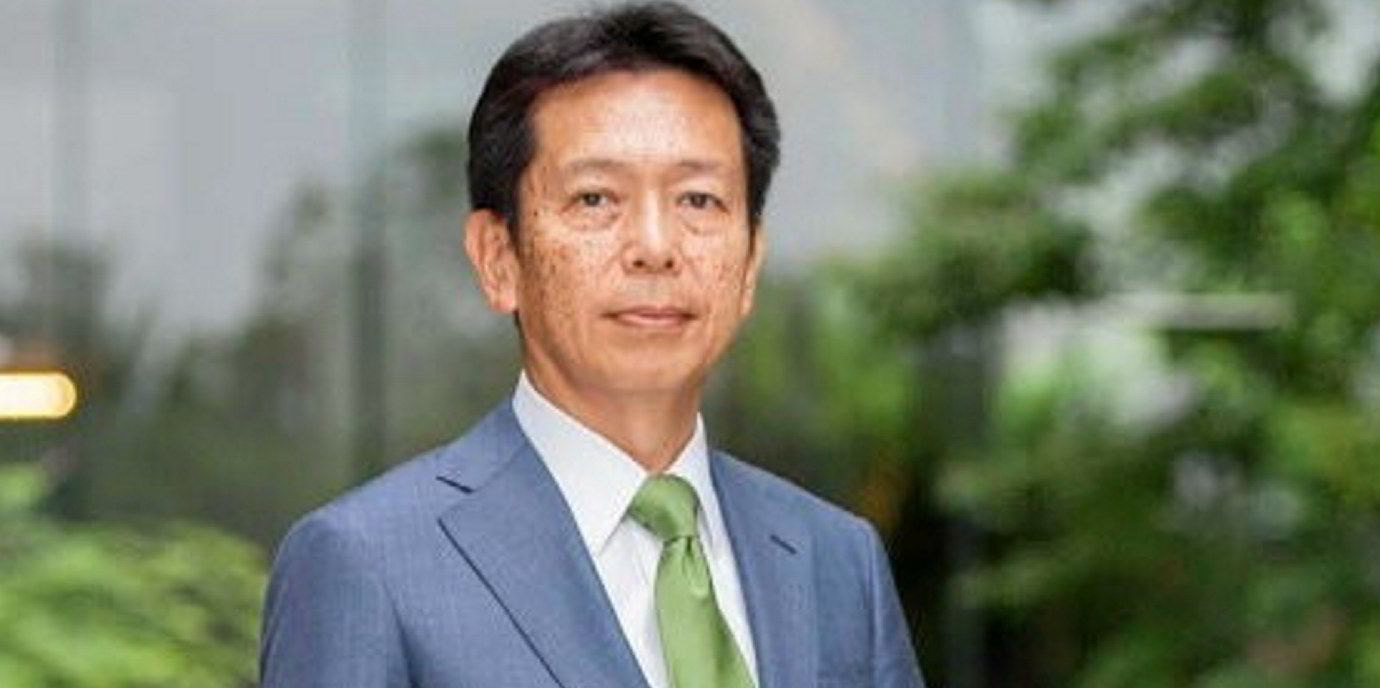VLCC newbuilding and secondhand prices have been on the rise lately, but this is not a repeat of the 2004-2008 tanker “super-cycle”, says Poten & Partners.
Newbuilding prices have increased from $88.4m in January 2021, to $119m this month, an increase of 35%, the US shipbroker said.
Secondhand prices have shown a similar trend with five and 10-year-old VLCCs up 23% and 31%, respectively, over the same period.
Poten said the price developments in the other tanker segments, from suezmaxes down to MRs, mostly mirror those of VLCCs.
The last time asset prices increased in a similar fashion was during the tanker “super-cycle” which ran from 2004 to 2008.
Back then, the main driver was a combination of strong oil demand growth from China and initially, tight tanker supply.
“After many years of mediocre returns and limited ordering, there was not a lot of spare shipyard capacity,” said Poten.
At the same time, the commodities boom supercharged all shipping segments simultaneously with tankers, bulkers, container ships, LNG carriers and offshore all booming at the same time.
“Strong demand and limited supply pushed up asset prices and because of limited newbuilding capacity, delivery times started to stretch well beyond the normal 18 months to two years. VLCCs ordered in 2007 had a scheduled delivery date in 2011,” said Poten.

At the peak, in September 2008, a VLCC newbuilding cost $162.5m for delivery towards the end of 2011. Poten assessed the price of a five-year-old secondhand VLCC at $164.25m.
But the broker says the current situation is “quite different” in many respects, although there are some similarities such as both markets then and now being in “recovery mode”.
“We are not in a commodities super-cycle driven by robust growth in demand, but there is growth in demand for certain commodities mainly as the world recovers from the pandemic and prices have increased,” it said.
“However, supply restrictions and geopolitical events have more to do with it than sustained rapid demand growth.”
Poten said economic expansion in China, the driver of the last cycle, has slowed dramatically and the current economic outlook is rather subdued compared to the first decade of this century.
Another significant difference is that the world is now very focused on addressing climate change and reducing global emissions, including from shipping.
“For tanker owners, this means that the future of their business has become more uncertain and that investment decisions now need to incorporate choices around fuel and propulsion,” Poten said.
“None of these factors played a significant role when the previous generation of tankers were ordered 15 to 20 years ago.
“Vessels were pretty standard in terms of specifications and fuel consumption. The more fuel-efficient ‘eco’ design vessels only came into play 10 years ago.”
Another difference is that secondhand values are unlikely to surpass newbuilding prices, which they did for a brief period in 2008.
“As a result of higher steel prices and more expensive components, as well as environmental modifications such as scrubbers or dual-fuel engines, newbuildings will likely remain more expensive than older secondhand units,” said Poten.
“So far, newbuilding prices have increased faster than secondhand values in the current cycle. However, this will likely change if rates continue to recover.”





